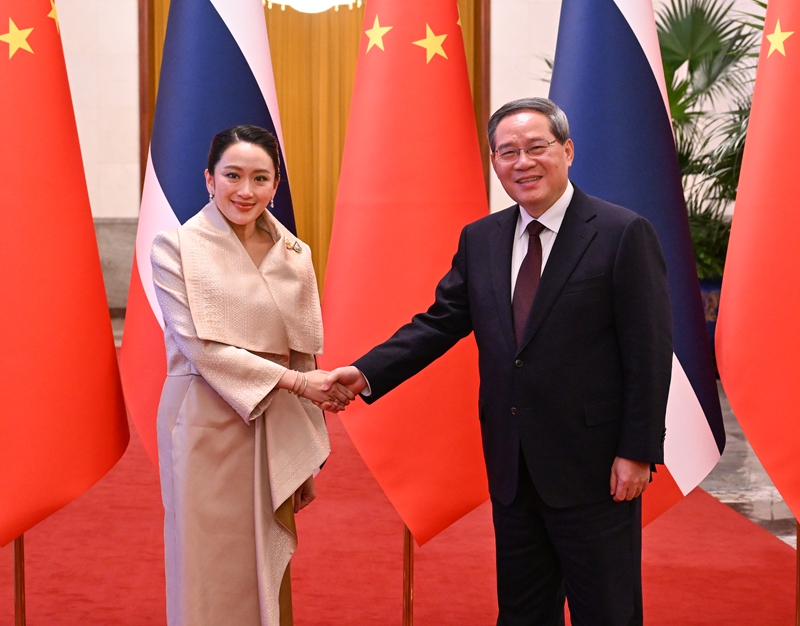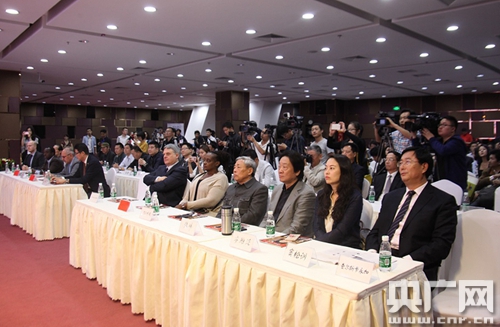The Golden Channel For 26 Million People! How Xinjiang Counterattacked From "inland Hinterland" To "open Frontier"
The Golden Channel For 26 Million People! How Xinjiang Counterattacked From "inland Hinterland" To "open Frontier"
Great changes in Xinjiang: How did the ancient Silk Road become the "golden channel" for opening up to the west? The 56 ethnic groups are hugging each other tightly like pomegranate seeds, and new legends are continuing to be written in this vast land that accounts for one-sixth of China's land area.
01 Historical heritage: contemporary inheritance of the Silk Road spirit
The charm of Xinjiang comes first from its profound historical and cultural accumulation. "Zhang Qian and Xuanzang left behind legends", behind this sentence is the history of the integration of Eastern and Western civilizations in Xinjiang for thousands of years.
The Silk Road was not only a channel for commodity circulation, but also a bridge for cultural, religious, and technological exchanges. The development of Xinjiang today is based on this historical foundation.
The ancient Maqam art is listed as the "Intangible Cultural Heritage of Humanity" by UNESCO. Now this traditional art form is singing the song of the new era. The blending of history and reality makes Xinjiang’s cultural heritage richer.
Did you know that Xinjiang is not only an important node on the ancient Silk Road, but also the core area of today’s “One Belt, One Road” initiative?
02 Geographical advantage: gateway hub opening to the west
Xinjiang borders eight countries and has 20 ports open to the outside world. This unique geographical location makes it an important hub for China to connect Central Asia, West Asia and Europe.
“Five ports connect eight countries, and one road connects Europe and Asia” is not only a slogan, but also a true reflection of Xinjiang’s geographical advantages. From the map, Xinjiang is located in the center of the Asian continent and is an indispensable part of the construction of the Silk Road Economic Belt.
With the in-depth implementation of the “One Belt, One Road” initiative, Xinjiang has transformed from a landlocked hinterland into an open frontier. The development opportunities brought about by this transformation are unprecedented.
Data show that Xinjiang's total foreign trade import and export value will exceed 240 billion yuan in 2022, a year-on-year increase of 57%. This growth rate ranks among the top in the country. The results of opening to the west have already begun to show.

Pictures come from the Internet
03 National Unity: Vivid Practice of Pomegranate Seed Spirit
In Xinjiang, 56 ethnic groups live together. How to promote ethnic unity is the foundation for social stability and development. "We twisted into a rope and hugged each other like pomegranate seeds" is not only a metaphor, but also a true portrayal of Xinjiang's ethnic unity.
National unity is the cornerstone of Xinjiang's development and progress. In recent years, Xinjiang has adopted a series of measures to promote exchanges, exchanges and integration among various ethnic groups, and has achieved remarkable results.
Every ethnic group is an important part of the Chinese nation, and jointly safeguarding national unity and ethnic unity has become the common aspiration of the people of all ethnic groups in Xinjiang.
This power of unity is the fundamental guarantee for Xinjiang to achieve social stability and long-term peace and order.
04 A new chapter in development: Flowers of hope bloom in the Gobi Desert
"The deepest Gobi blooms with the most beautiful flowers." This sentence symbolizes the development miracle created by Xinjiang under harsh natural conditions. Xinjiang’s development achievements are hard-won.
Xinjiang adheres to the principle of economic development and improvement of people's livelihood as the basis, focusing on safeguarding the reunification of the motherland and promoting ethnic unity, and promotes historic achievements in various undertakings.
Especially in terms of infrastructure construction, development of characteristic industries, and improvement of people's livelihood, Xinjiang has made significant progress. Modern transportation networks such as highways, railways, and airports are constantly improving, providing strong support for economic development.
Specialty industries such as cotton, forest fruits, and tourism are booming and have become important channels for people to increase their income. Xinjiang is embarking on a high-quality development path that is consistent with its own reality.
As the “Belt and Road” cooperation deepens, can Xinjiang become an important logistics hub on the Eurasian continent in 2025? The answer seems to be becoming clearer.






